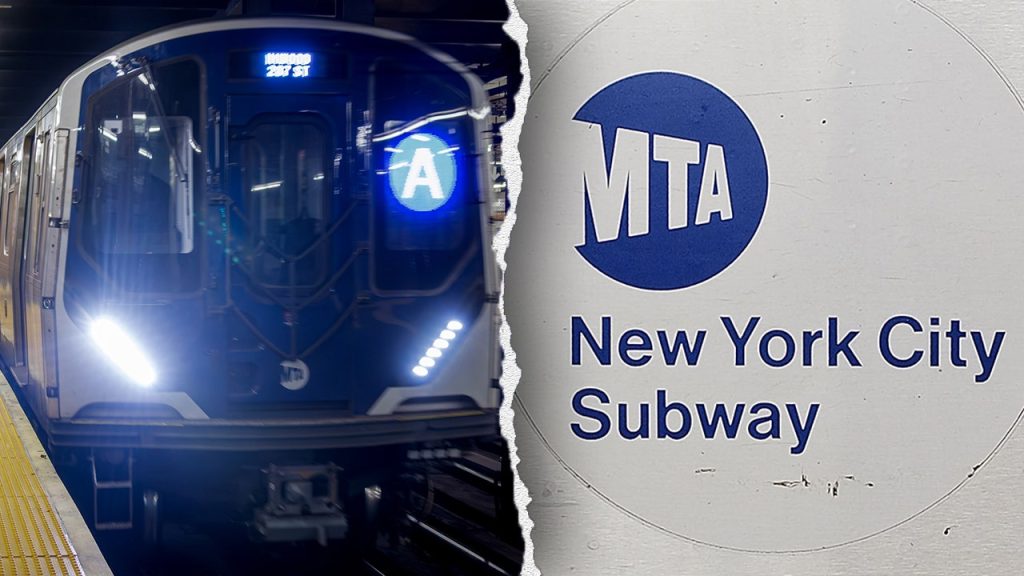In a groundbreaking legal decision, the Metropolitan Transportation Authority (MTA) has been ordered to pay $22.75 million to bike deliveryman Maruf Hossain, who tragically lost five toes after an accident at a subway station in the Bronx. The jury’s decision, which exceeded Hossain’s initial $20 million claim, was reached just days ago, marking a significant victory for the victim. Hossain’s ordeal began in June 2017 when he fell from a chipped subway platform, suffering severe injuries.
| Article Subheadings |
|---|
| 1) Details of the Incident |
| 2) The Legal Battle |
| 3) Validating Hossain’s Claims |
| 4) The MTA’s Response |
| 5) Implications for Accountability |
Details of the Incident
In June 2017, Maruf Hossain, a 24-year-old bike deliveryman originally from Bangladesh, faced life-altering injuries at the Parkchester subway station in the Bronx. Reports indicate that he tripped due to a chipped subway platform just as a train was arriving, resulting in him falling onto the tracks. This unfortunate incident led to the amputation of his five left toes, and he also sustained serious injuries, including a fractured pelvis, a dislocated hip, spinal fractures, and head trauma. Given the dangerous conditions present at the subway station, the incident raises questions about public safety and maintenance protocols.
The Legal Battle
Following the incident, Hossain took legal action against the MTA, pursuing a negligence claim. Six months after the harrowing event, he filed a lawsuit seeking $20 million in damages. The case went to trial, culminating in a jury verdict that awarded him $22.75 million, much to the chagrin of the MTA. In court, Hossain testified about the long-term medical care he would require and his need for assistance with daily tasks, which significantly impacted his quality of life and earning potential.
Validating Hossain’s Claims
During the trial, Hossain refuted claims made by the MTA, particularly about alleged suicidal intentions. His attorney, Nick Liakas, asserted that the MTA attempted to discredit Hossain’s testimony, suggesting that a teenage witness saw him jump onto the tracks. Liakas contended that the MTA potentially fabricated the witness statement to bolster their case. Throughout the legal proceedings, the jury was presented with substantial evidence concerning the MTA’s negligence, marking a significant turning point in the outcome of the case. Ultimately, their decision highlighted the jury’s belief in Hossain’s account over the MTA’s defenses.
The MTA’s Response
In the wake of the jury’s decision, the MTA conveyed that they were reviewing the verdict and considering all possible legal options for appeal. Meghan Keegan, a representative for the MTA, stated that they would conduct a thorough assessment of the case as they move forward. The agency’s challenges in addressing negligence claims underscore broader issues regarding the safety of New York City’s sprawling transit system, which serves millions of commuters daily. The fallout from this case may compel the MTA to confront existing safety standards and maintenance protocols.
Implications for Accountability
The jury’s verdict not only represents a personal victory for Hossain but also serves as a significant warning to large corporations like the MTA. Nick Liakas emphasized that this case signifies a broader expectation of accountability, challenging powerful entities to acknowledge their responsibilities. He stated, “The days of dodging responsibility through legal gamesmanship are over,” asserting a growing sentiment among the public that large corporations must be held accountable for negligence. This case could serve as a precedent for future claims against the MTA and similar organizations across the country.
| No. | Key Points |
|---|---|
| 1 | The MTA has been ordered to pay $22.75 million to Maruf Hossain for injuries sustained from a subway accident. |
| 2 | Hossain’s injuries included the loss of five toes and multiple other serious injuries. |
| 3 | The legal battle revealed disputes between Hossain’s claims and the MTA’s defenses. |
| 4 | The jury’s verdict signifies a demand for accountability from large transportation agencies. |
| 5 | The MTA is currently reviewing the verdict and exploring options for appeal. |
Summary
The case involving Maruf Hossain and the MTA has significant implications for public safety and corporate accountability. As Hossain navigates his new reality post-verdict, the outcome may impact how transportation agencies address safety concerns in their systems. With a growing demand for accountability, this case could serve as a catalyst for reform in how organizations respond to negligence claims against them. The verdict stands as a reminder that individuals who suffer due to organizational neglect have the right to seek redress.
Frequently Asked Questions
Question: What injuries did Maruf Hossain sustain in the incident?
Maruf Hossain lost five toes and suffered a fractured pelvis, dislocated hip, spinal fractures, and head trauma due to the accident on the subway platform.
Question: What was the initial amount that Hossain sought in his lawsuit?
Initially, Hossain sought $20 million in damages, but the jury awarded him $22.75 million.
Question: How has the MTA responded to the jury’s verdict?
The MTA is currently reviewing the verdict and assessing all possible legal options for appeal.


